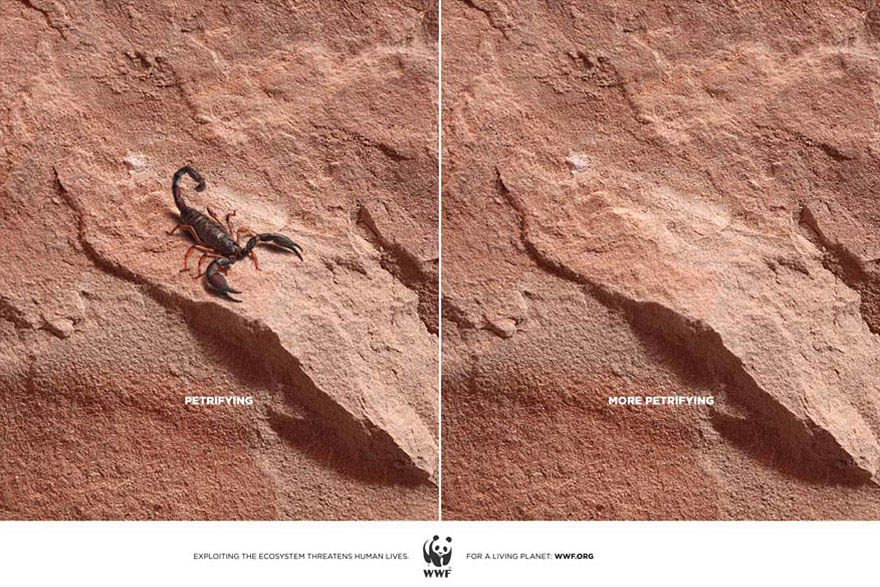Let’s see some of the
best companies that have great campaigns on Social Responsibility.
 |
| One for One |
1. Toms “One for one” motto is a very popular
phrase. They have recently upped the ante by donating a part of their sunglass
sales to vision care for
children in need. However, this is not just consumers that are involved in
this social action for good, there are also employees involved. Toms’ employees
participate in an annual Shoe Drop where they travel and
donate a variety of goods to children. Their careers page specifically calls
for employees that want to change
lives and be a part of a movement.
 |
| Social Responsibility |
2. IBM truly
believes in corporate citizenship. Their social good projects extend across
issues and needs of the society. Employees volunteer
in environmental efforts, community economic development, education, health,
literacy, language and culture. Their
volunteer initiative goes all year long; it is called the “Celebration of Service,” logged over 3,000,000
hours of service. IBM has also established “On Demand Community” enabling
employees and retirees to find volunteer opportunities, through trainings and
placement.
 |
| PG&E Earth Day |
3. PG&E works very well serving the communities of California. On Earth
Day employees help clean and restore 18 state parks.
They are members of Habitat
for Humanity and volunteer by
providing solar panels on new Habitat homes. Employee
volunteerism hits inside the home as well by participating in various food
programs providing those struggling to make ends meet with care packages and thousands of
pounds of groceries.


